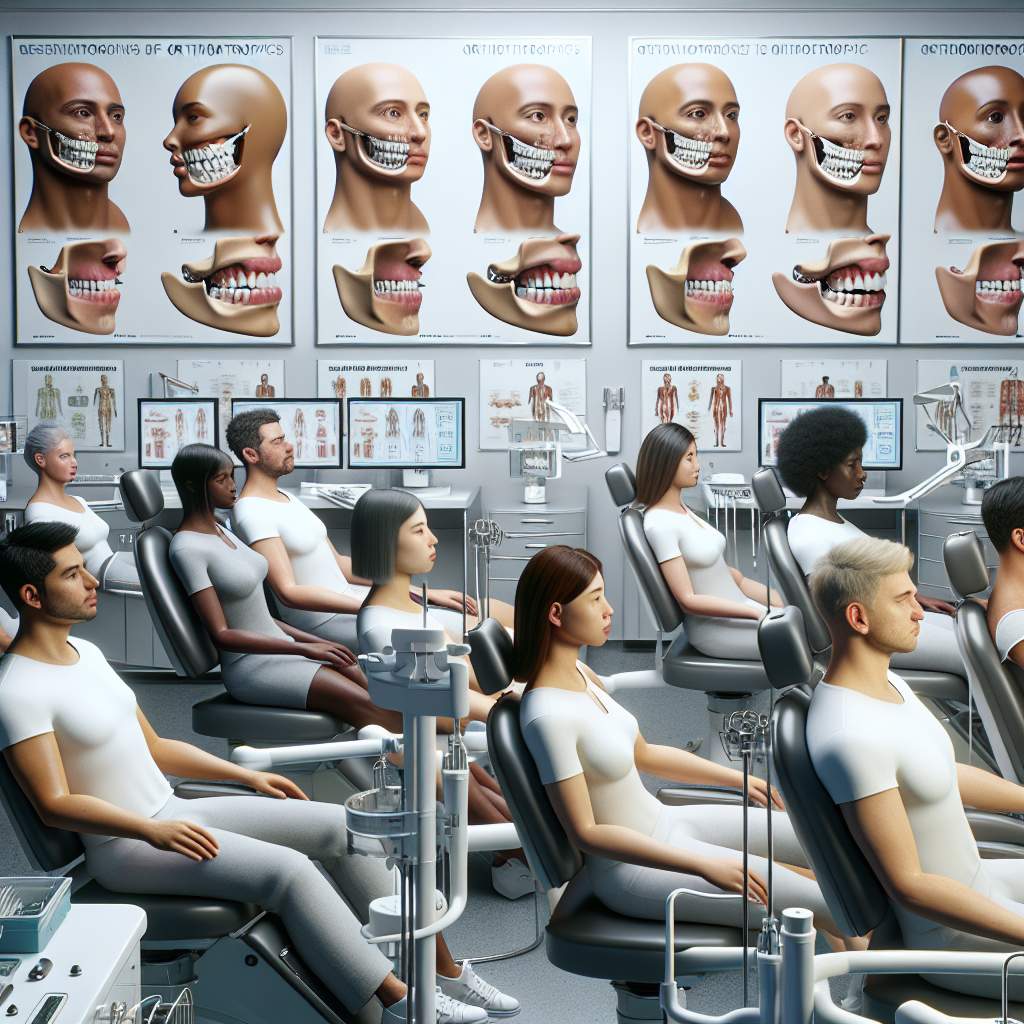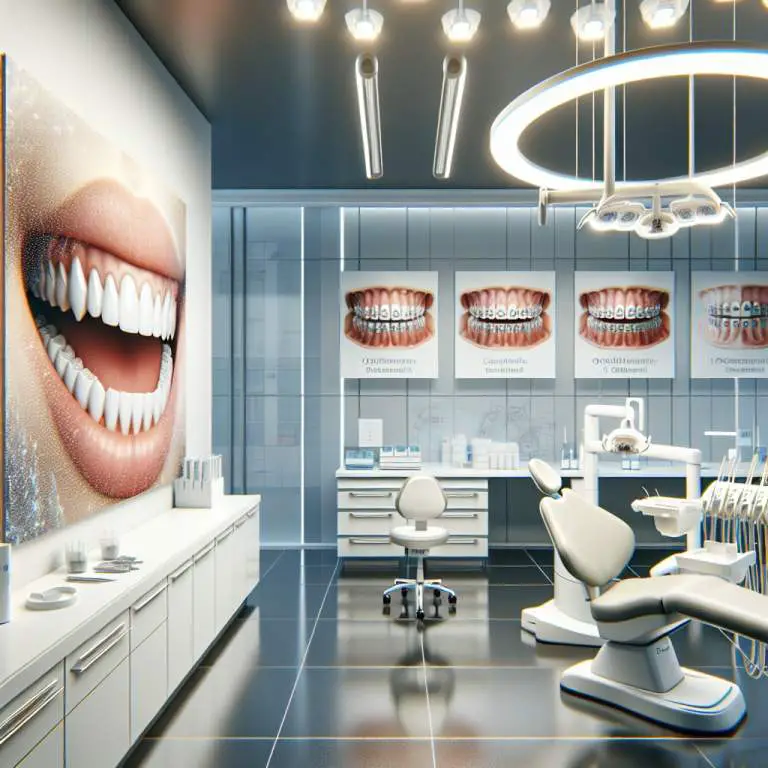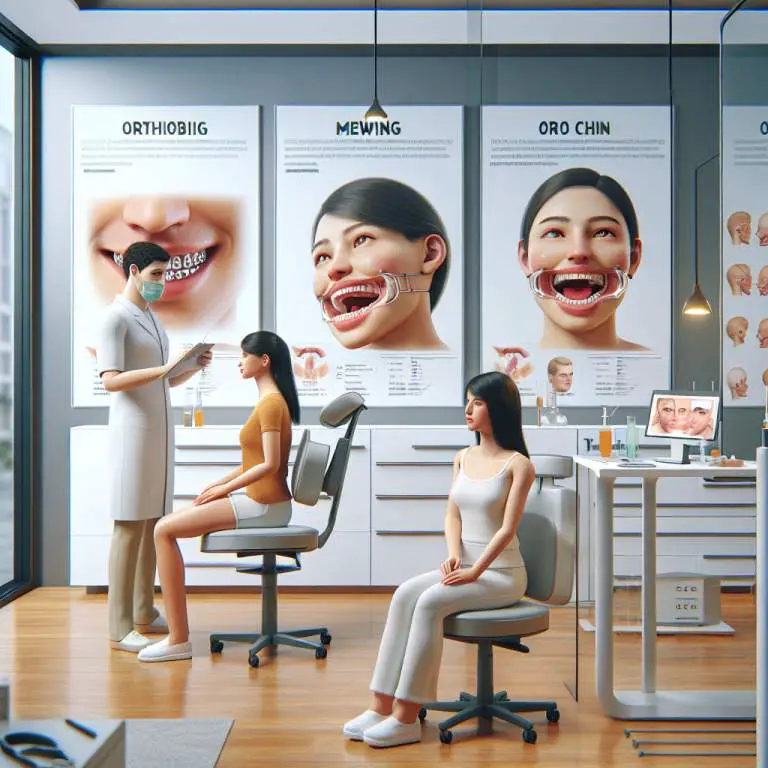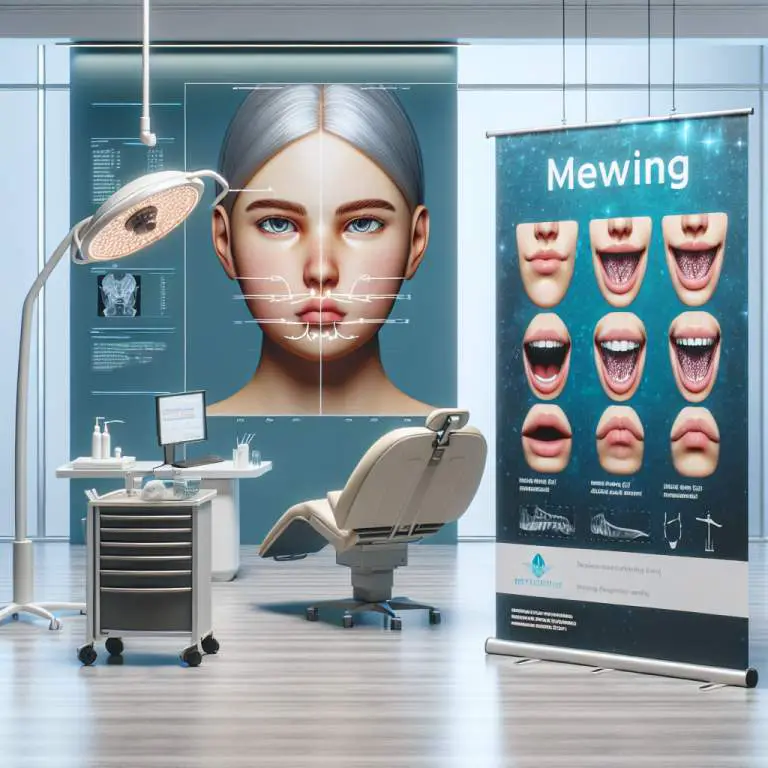Can everyone achieve a defined jawline through mewing?
Not everyone can achieve a defined jawline through mewing. This technique, which involves positioning the tongue against the roof of the mouth to potentially reshape the jawline, works differently for each person. Factors like age, genetics, and how consistently one practices mewing play a big role in the results. Therefore, while some may see improvements, others might not notice significant changes.

How does mewing work to reshape the jawline?
Mewing is a technique that some people use to try and change the shape of their jawline. It involves placing your tongue in a specific position against the roof of your mouth. This position is supposed to help change the way your jaw looks over time.
The idea behind mewing is that by keeping your tongue pressed up against the top of your mouth, you can encourage your jaw to grow in a certain way. This might make your jawline look sharper and more defined. People who support mewing believe it can make a big difference in how your face looks.
What are the key techniques involved in proper mewing?
To do mewing correctly, there are a few important steps you need to follow. First, you have to make sure that the entire flat part of your tongue is touching the roof of your mouth. This includes both the front and back parts of your tongue.
Next, you need to keep your lips closed but make sure that your teeth are slightly apart. You shouldn’t be biting down hard or clenching your teeth together. The goal is to maintain this position as much as possible throughout the day, even when you’re not thinking about it.
Can age impact the effectiveness of mewing?
Yes, age can definitely affect how well mewing works for someone. Younger people, especially kids and teenagers, might see more changes from mewing because their bones are still growing and changing shape. Their jaws can respond better to the pressure from their tongues.
For adults, it might be harder to see big changes from mewing because their bones have stopped growing. However, some adults still try mewing in hopes of making small improvements to their jawline’s appearance.
Are there any risks associated with incorrect mewing practices?
If someone doesn’t do mewing correctly, there could be some risks or problems that come up. For example, if you push too hard with your tongue or use the wrong part of it, you might end up causing pain or discomfort in your mouth or jaw.
Another risk is developing bad habits like clenching or grinding your teeth without realizing it. These habits can lead to other issues like headaches or trouble sleeping. So, it’s really important to understand how to do mewing properly before trying it out.
| Factor | Impact on Mewing Results |
|---|---|
| Age | Younger individuals may see more noticeable changes due to the malleability of their facial structure. |
| Consistency | Regular, consistent practice over months or years is crucial for significant results. |
| Bone Structure | Natural bone structure can influence the extent of visible changes; some individuals may notice more dramatic results than others. |
| Skin Elasticity | People with higher skin elasticity might observe more pronounced effects as their skin adapts better to underlying structural changes. |
| Dental Health | Existing dental issues or orthodontic treatments can affect the outcome and feasibility of mewing practices. |
| Genetics | Genetic predispositions play a significant role in determining the potential impact and limitations of mewing on an individual’s facial aesthetics. |
How long does it typically take to see results from mewing?
Seeing results from mewing can vary greatly from person to person. For some, changes may start to become noticeable within a few months. However, for many others, it could take a year or more to see significant improvements. The process requires consistent effort and patience.
The time it takes to observe changes also depends on factors like age and how correctly the technique is being applied. Younger individuals might notice changes faster due to their more pliable bone structure. It’s important to keep expectations realistic and understand that mewing is a gradual process.
Does genetics play a role in the success of achieving a defined jawline through mewing?
Yes, genetics do play a significant role in determining the shape and definition of one’s jawline. While mewing can help in enhancing jawline definition by promoting proper tongue posture and potentially stimulating bone remodeling, genetic predispositions will influence the extent of possible changes.
This means that individuals with genetic traits favoring a more pronounced jawline might see more pronounced results from mewing compared to those whose genetic makeup naturally leads to a less defined jaw structure. However, this doesn’t mean that improvements are impossible for the latter group; it simply suggests that outcomes can vary widely among different people.
What additional methods can complement mewing for better results?
In addition to practicing proper tongue posture through mewing, incorporating facial exercises can further aid in defining the jawline. Exercises targeting the neck and jaw muscles can complement the effects of mewing by toning the area and potentially enhancing results.
Maintaining a healthy diet and staying hydrated are also crucial for supporting skin elasticity and overall facial structure health. For those looking for more immediate or dramatic changes, consulting with professionals about orthodontic treatments or cosmetic procedures could be considered as complementary approaches alongside mewing.
Final Thoughts
Mewing presents an intriguing approach towards achieving a more defined jawline through non-invasive means. While patience is key, as results take time and consistency in practice, understanding that genetics and additional lifestyle factors play roles in the outcome is essential.
For those committed to trying mewing, combining it with other supportive practices such as facial exercises, maintaining good nutrition, and exploring professional advice when needed can optimize chances for success. Remembering that individual results will vary helps set realistic expectations while pursuing improvements in facial aesthetics through natural methods like mewing.







